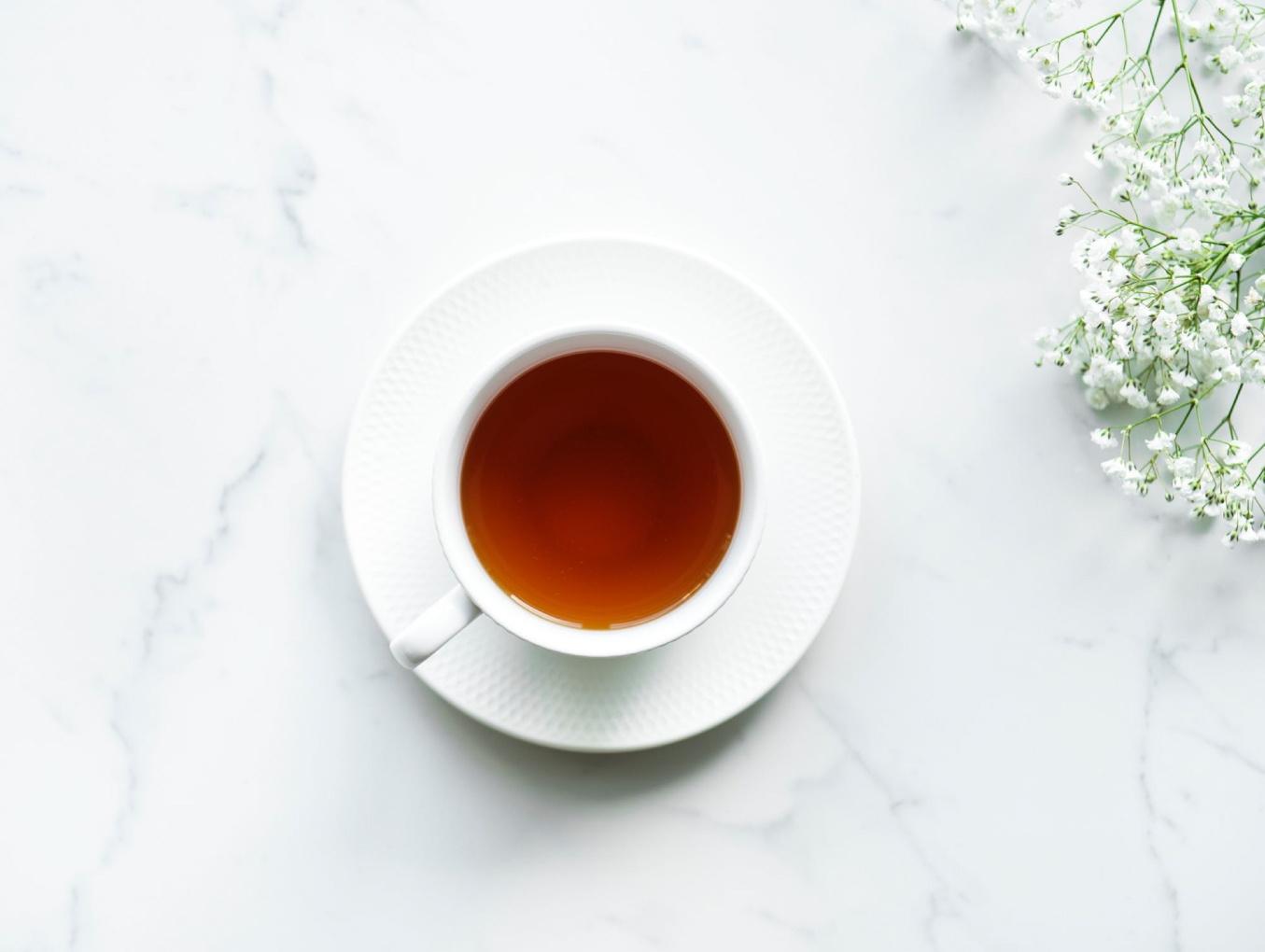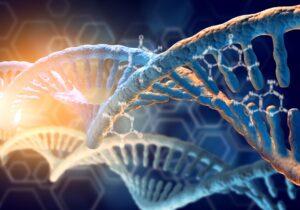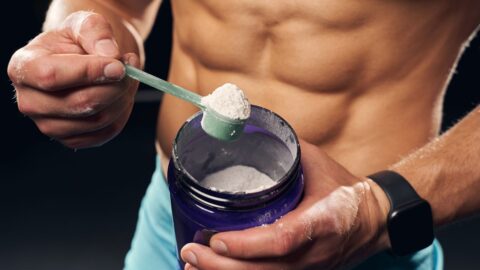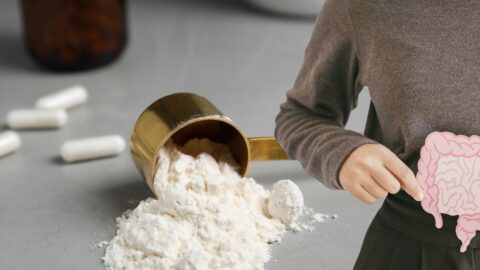Do you take Tea with Plastic or Coffee with Pesticides?
by Vanita Dahia
Surprised that there may be plastic in your teabags?
There is nothing as a comforting as a good cuppa!
Tea drinkers sip many cups of tea each day. The media have informed us of the different types of plastics in a humble cup of tea.
It’s time to decipher the additives and packaging found in teabags.
If you use teabags, it is more than likely that there is plastic in your teabags.
Not all teabags are equal! Not all plastics are equal!
The regular pressed paper teabags (with crimped edges) are crimped and sealed. Typically these teabags may contain between 20 and 30% of plastic. These may be around or square and are not glued together as the glue may dissolve in your tea- not very nice!
Polypropylene polymers are woven between the paper fibres which melt upon heat to seal the teabag. Some teabags or really tough! A chemical called epi-chlorohydran, a possible carcinogen makes the paper fibres in a teabag “tough”!
String and tag teabags do not require heat sealing as they are either sown or stapled to the string. Is teabags may contain polypropylene fibres to add strength to the fibre.
The more expensive silky or premium teabags on more than likely made from nylon or PET plastic, the same plastic that is used to make water bottles. Some of these fibres may be made from a plant taste plastic called Poly lactic acid. The silk teabags may be mistakenly promoted as eco-friendly but are less likely to break down compared to the paper fibres.
Loose leaf tea versus teabags
Unless you’re pretty sure of what you consuming when you sip the next cup of tea, it’s a good idea to play safe by brewing your loose leaf tea. Of course, it’s not as convenient as a teabag, it’s far healthier to brew loose leaf tea with some savvy tea diffuses and tea steepers.
Besides, looseleaf tea is far more economical as you need much less of the looseleaf tea to produce a good strong brew.
How is Coffee actually made?
The journey of coffee from bean to cup involves several steps:
- From Plant to Bean: Coffee starts as the fruit (cherry) of a coffee plant. After harvesting, the flesh is removed, leaving the pit (coffee bean) which is dried and processed.
- Roasting: The dried beans are roasted at high temperatures to develop their flavor and aroma. Roasting intensity can vary, affecting the final coffee taste.
- Grinding: Roasted beans are ground into different coarseness depending on the brewing method. Finer grinds are used for espresso machines, while coarser grinds are suitable for drip coffee makers.
- Brewing: Hot water is passed through the ground coffee to extract the flavorful compounds. Popular brewing methods include drip machines, French presses, and pour-over techniques.
Coffee plants are susceptible to pests and diseases, and pesticides are used to protect crops. The specific chemicals used can vary depending on the location and regulations. Common pesticides used in coffee production include fungicides (against fungal diseases), insecticides (against insects), and herbicides (against weeds).
Coffee consumption seems generally safe within usual levels of intake, with summary estimates indicating largest risk reduction for various health outcomes at three to four cups a day, and more likely to benefit health than harm.
The coffee plant Coffee sp. offers much more than the traditional beverage, and its by-products, including coffee flowers, leaves, pulp, husk, parchment, green coffee, silver skin, and SCGs, have become an attractive potential source of ingredients for new functional foods.[1]
Coffee is amongst the most heavily chemically treated food in the world.
It is steeped in synthetic fertilizers, pesticides, herbicides, fungicides and insecticides.
Chemicals found in coffee either in the growth or roasting may contain one or more of the following:
- 2-Ethylphenol
- Quinic Acid
- Putrescine
- Acetylmethylcarbinol
- Trigonelline
- Theophylline
- 3,5 Dicaffeoylquinic Acid
- Dimethyl Disulfide
Organic coffee may not use chemical sprays but may have no defense against certain mycotoxins and ochratoxins (mould family). These toxins may be the prime contributing factor to the negative effects of coffee like agitation or racing heartbeat.
Coffee is an acidic drink (not as acidic as soft drinks) usually in the range of 4 to 6 (seven is pH neutral). Excess acidity in the body is associated with stress, mental health disturbances, inflammation, indigestion, all of which may contribute to chronic complex health conditions.
Coffee is one of the major traded commodities in the world today.
Coffee culture is important to so many to wake up and function, connect with people and feel good.
Next time you indulge in your morning coffee, chose organic coffee free of:
- Chemicals
- Mycotoxins
- Fungi
- Low acid
Natural Coffee substitute
Dandelon tea, a beneficial tea that tastes a bit like coffee.
Dandelion root tea acts as a diuretic, promotes liver detoxification, supports weight management, assists with digestion, releve constipation.
Dandelion root tea has also been shown to have anti-cancer properties and prevent urinary tract infections.
Test for Toxins, Environmental Pollutants, Inhalants
References
Klingel T., Kremer J.I., Gottstein V., Rajcic de Rezende T., Schwarz S., Lachenmeier D.W. A Review of Coffee By-Products Including Leaf, Flower, Cherry, Husk, Silver Skin, and Spent Grounds as Novel Foods within the European Union. Foods. 2020;9:665. doi: 10.3390/foods9050665.




